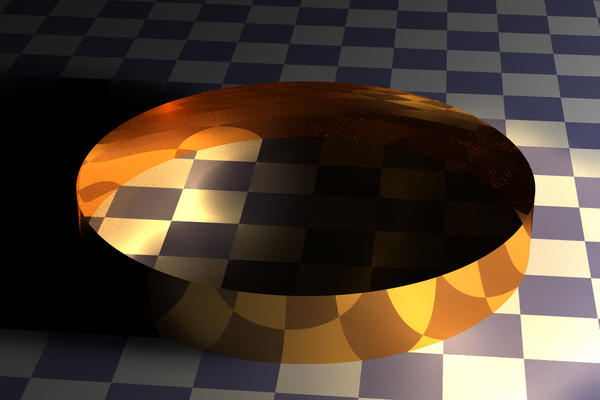MentisOculi Pytorch Path Tracer
- A very simple and small path tracer written in pytorch meant to be run on the GPU
- Why use pytorch and not some other cuda library or shaders? To enable arbitrary automatic differentiation. And because I can.
Features
- Can trace reflective spheres and open cylinders with flat and checkered materials.
- Energy Redistribution Path Tracing with transitions limited to rays intersecting same initial diffuse material.
- Backwards (camera to light) path tracing
- Ray permutations in the hypercube of random numbers
- Nearly everything done in large batches on the GPU.
Future Directions
- Langevin Metropolis and HMC both use gradients to increase the efficiency of sampling. This paper outlines how to do these for ray tracing.
- This paper demonstrates how to make ray tracing even more differentiable for the benefit of inverse rendering
- Triangles and a GPU tailored ray acceleration datastructure.
- Metropolis SPPM? With HMC?
Credits
- While the code has been significantly morphed, it was originally a fork James Bowmans' python raytracer
- This was inspired by my ongoing work on secure differentiable programming, specifically adversarial examples in neural networks, at the ETH SRI Lab.
